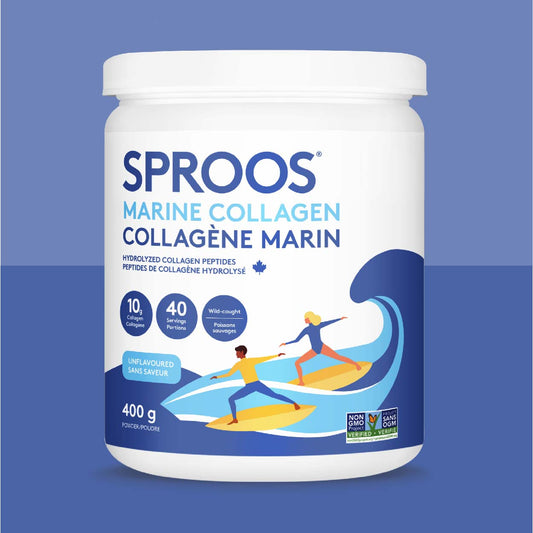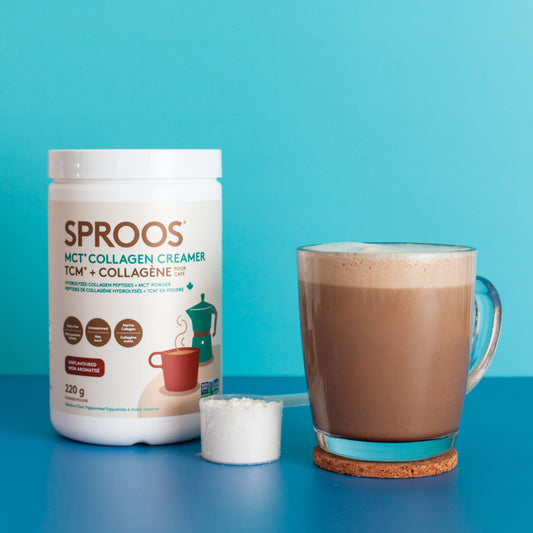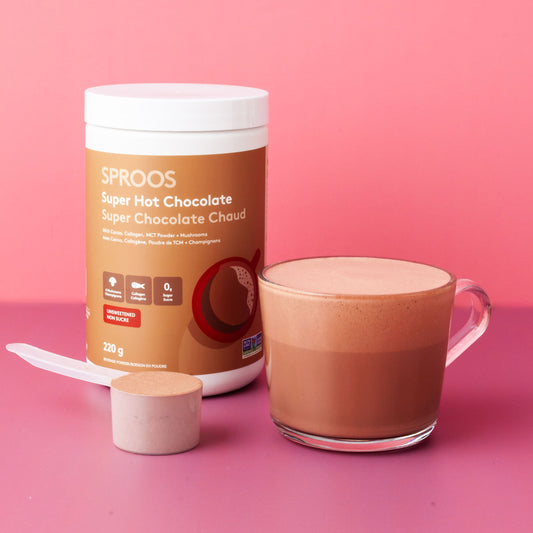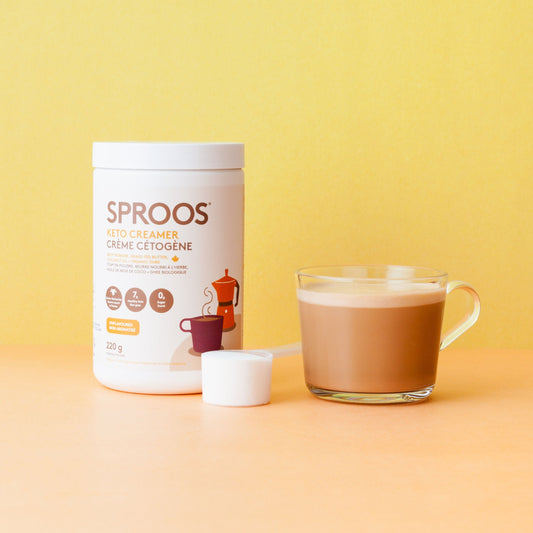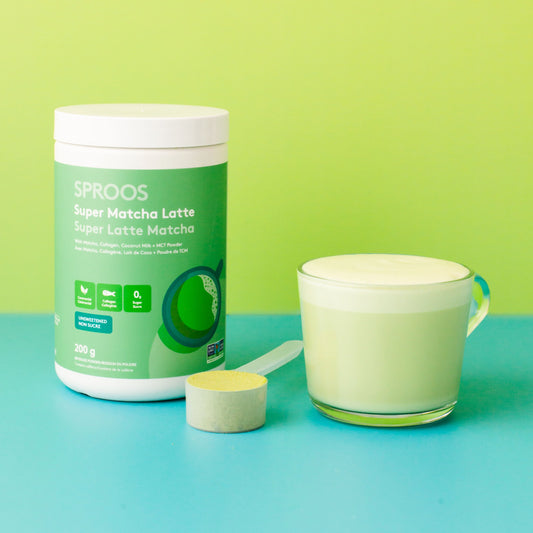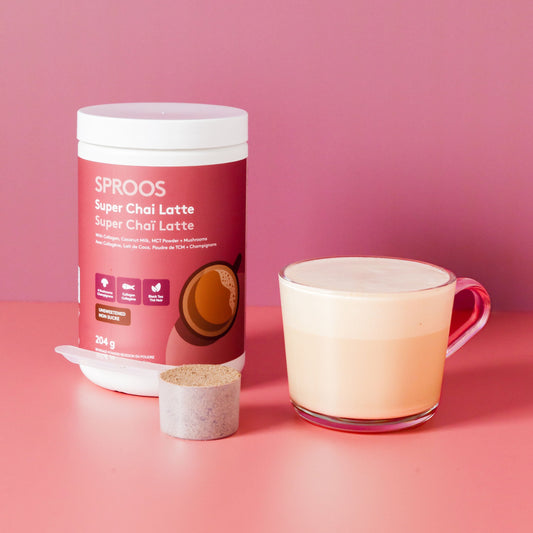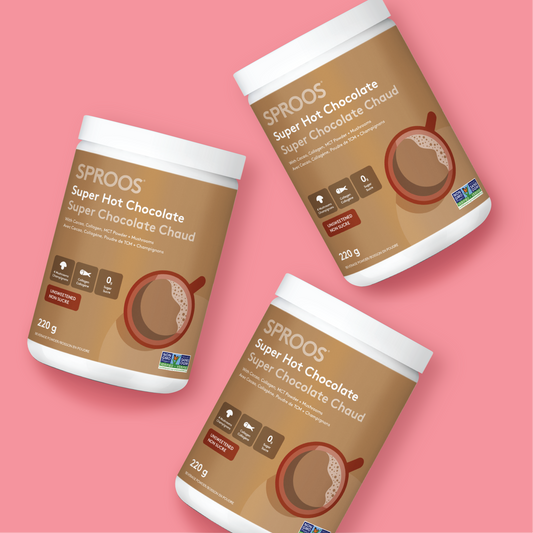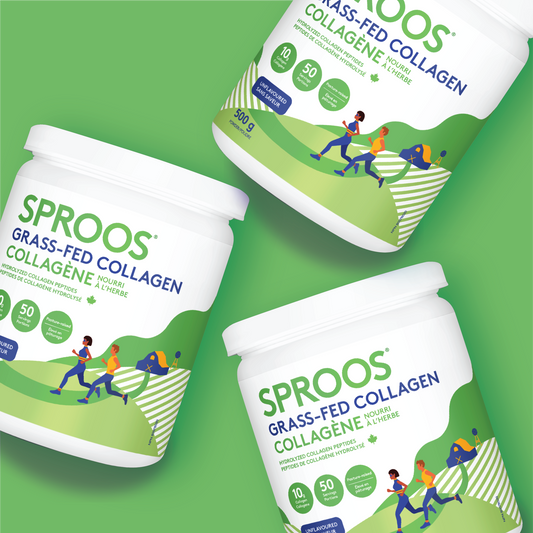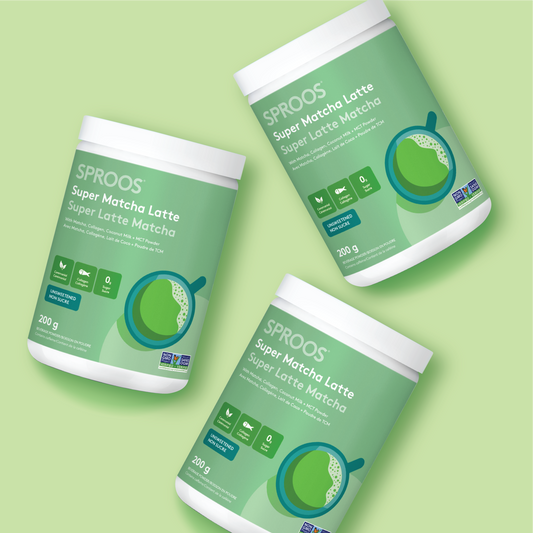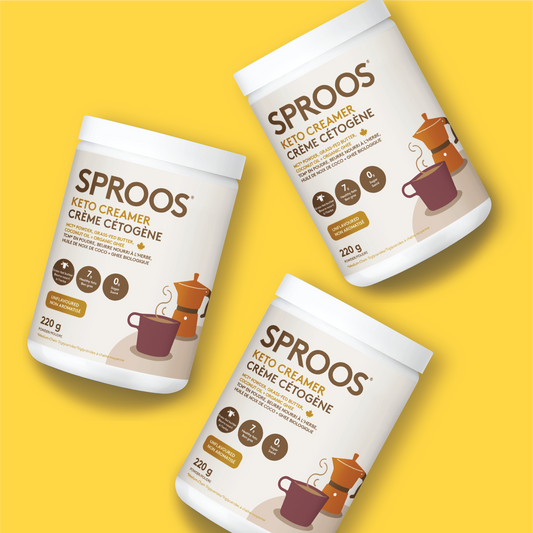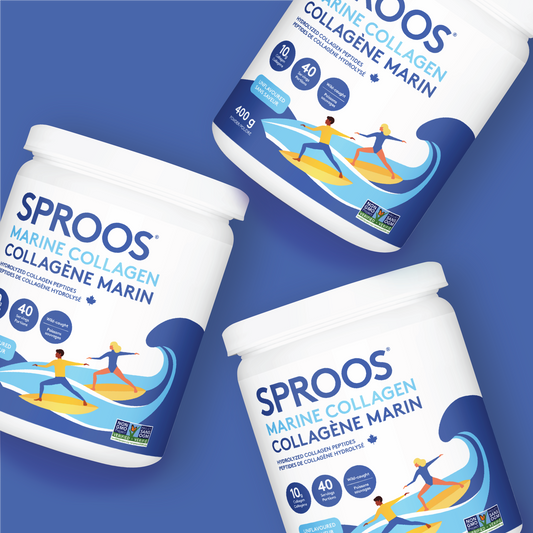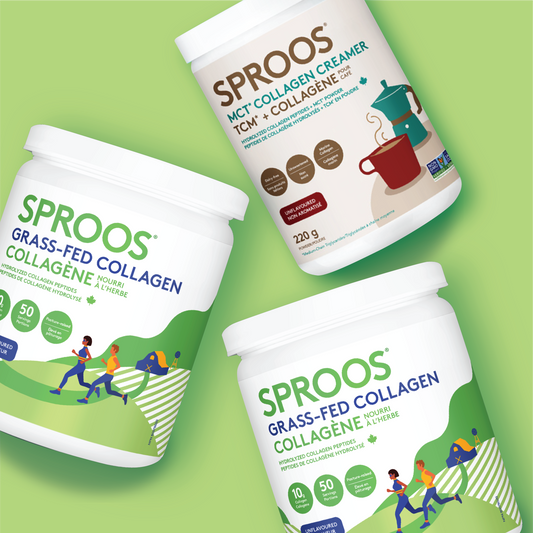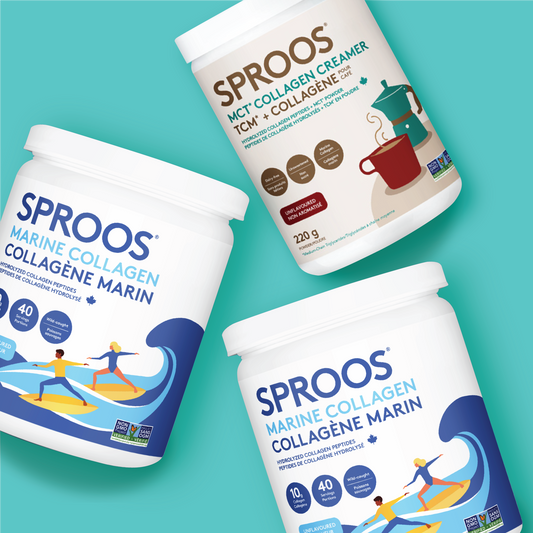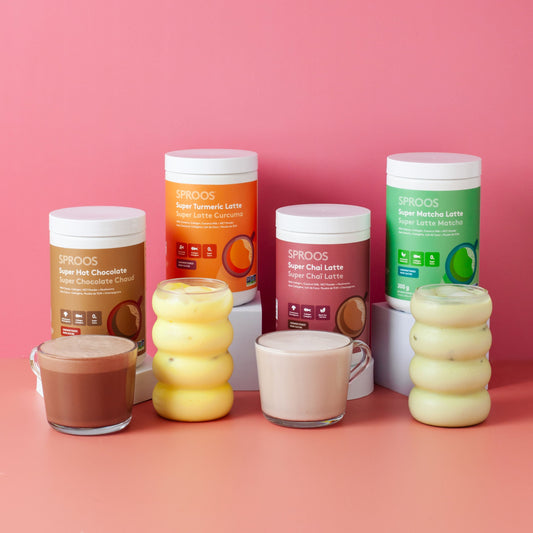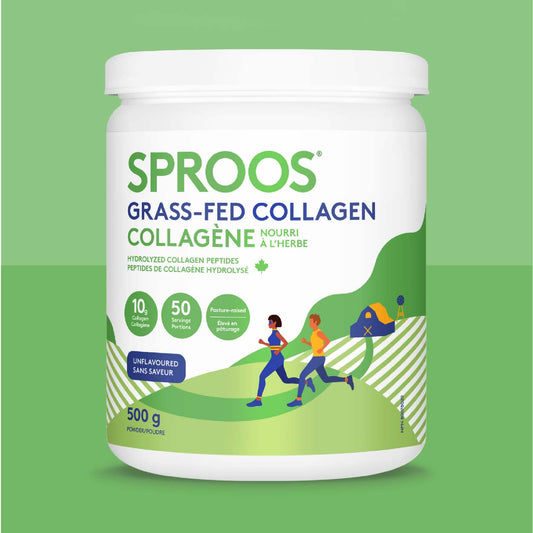In life, movement is everything. Whether it’s running, perfecting your downward dog or sprinting after your toddler, we rely on our ability to move freely. But when joint pain and stiffness threaten that ability – it’s a daily reminder that time can take a serious toll on our joints.
But it doesn’t have to be this way. The ultimate solution doesn’t lie in the next bottle of over the counter pain relief – it goes deeper than that – all the way down to our connective tissues. Did you know that healthy connective tissue is integral to the overall function of our joints? The connective tissue found in joints is what forms cartilage, ligaments, tendons, and bones. If you struggle with joint pain and stiffness, you can likely trace it back to the health of your connective tissue.
Enter Collagen
Collagen is key for the health and maintenance of our connective tissues. An abundance of collagen means that our system is happily replenishing and rejuvenating the tissue in our joints while we enjoy a deep, restful sleep. Until it’s low. Then we start to notice the debilitating effects of stiff, painful joints.
So if you have to unfold yourself like an accordion after you get up from a Netflix binge – it’s time to discover collagen for joints.
It’s Not Your Age, It’s Your Collagen Levels
Collagen is essential for preserving structure, strength and integrity throughout our entire body. Like so many good things, our body’s natural collagen production peaks in our early twenties and slowly declines as we age, by about 1.5% per year1, to be exact.
Most people simply accept joint stiffness, pain and restricted movement as a natural product of an aging body. But the science says we don’t have to. Although we can’t turn back the clock, in the case of collagen we can actually curb the natural decline by consuming hydrolyzed collagen. Short chains of amino acids, called peptides, along with free amino acids, are the building blocks needed to make new collagen. By supplementing with these daily, you are effectively restoring collagen levels in your body, which has regenerative effects for your joints. The ultimate movement boost.
Science?
Yes! The collagen peptides and free amino acids delivered by hydrolyzed collagen supplementation accumulate in the cartilage of joints and have been shown to maintain joint health, reduce the risk of joint deterioration1, and improve the pain associated with degenerative joint changes2. So whether you’re running a half marathon or dancing in your living room (mostly to embarrass your children) - you can move like you used to.What exactly is collagen?
Collagen is a protein made up of long chains of linked amino acids. It’s actually the most abundant source of protein in our entire body. You can think of collagen as a foundational building block, providing strength and structure for our connective tissues. Which means it’s essential to the healthy function of our joints.The Key Types – 1, 2 and 3
There are 28 types of collagen. Of these, it’s types 1, 2, and 3 that account for 80-90% of all collagen proteins in the body. These three types play a significant structural role and are essential for maintaining the strength and elasticity of tissues. It’s types 1, 2 and 3 that contribute to the integrity and suppleness of joints. The science is clear: by supplementing daily with collagen, we can restore and rejuvenate the connective tissue in our joints. Movement is freedom - with collagen supplements you can SPROOS UP YOUR JOINTS and move like you used to.
Sources:
1https://www.ncbi.nlm.nih.gov/pubmed/18416885 2https://www.ncbi.nlm.nih.gov/pubmed/22500661


